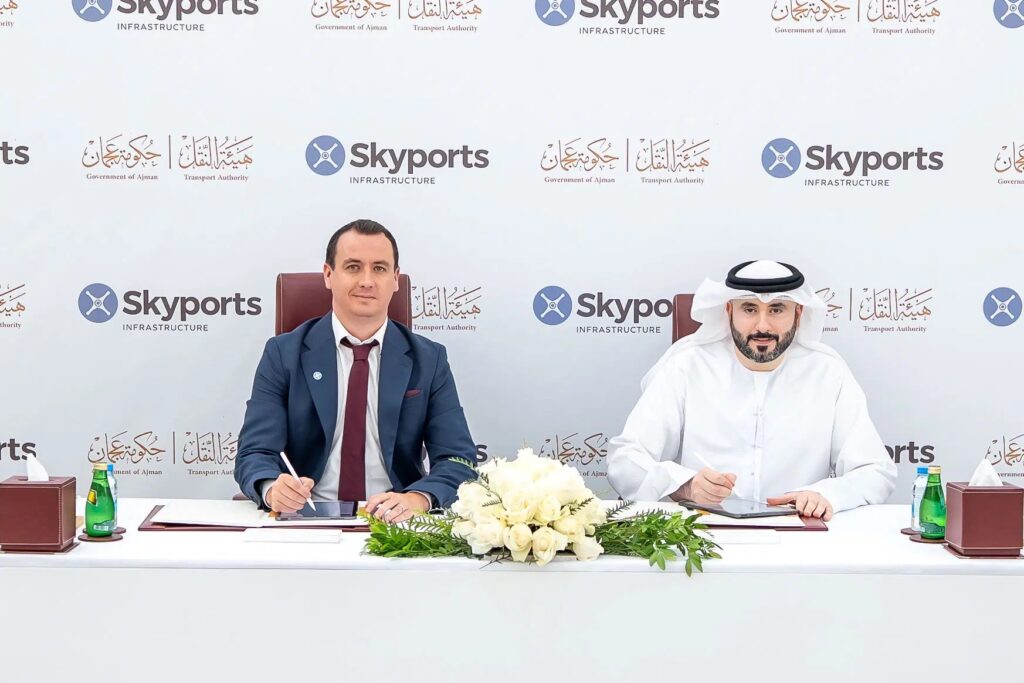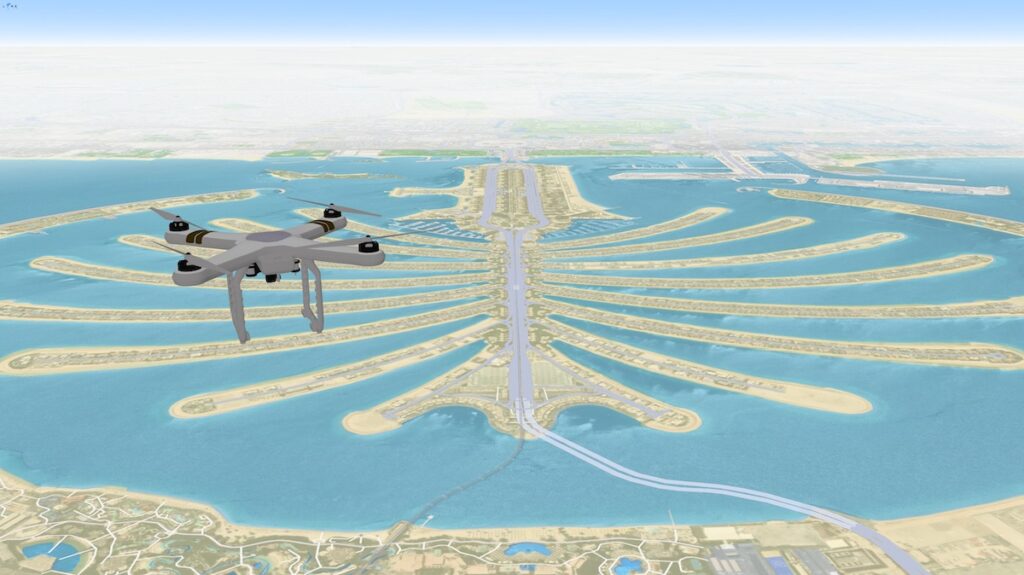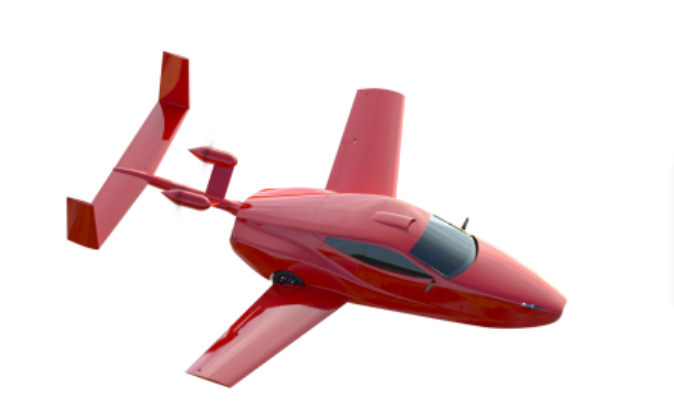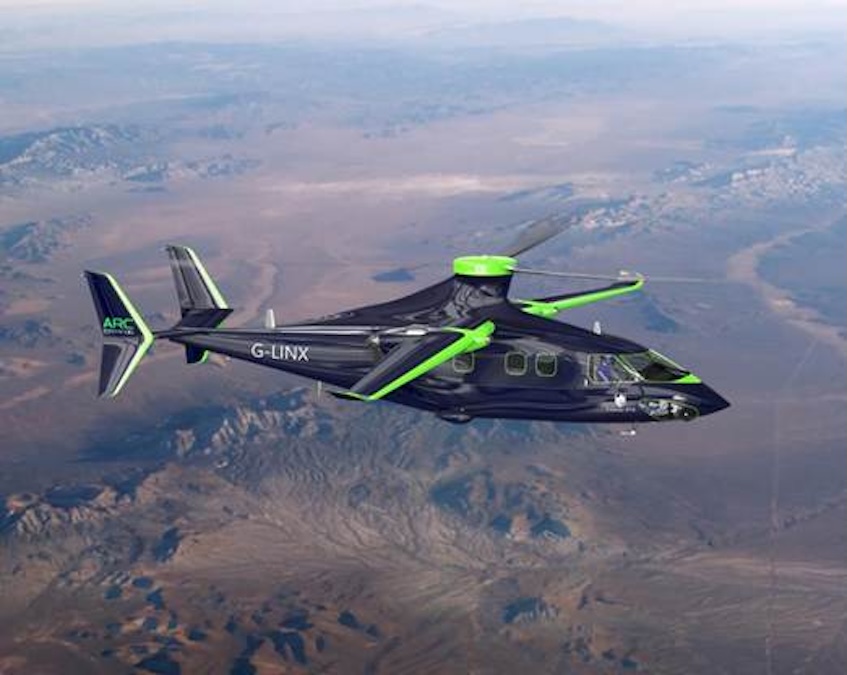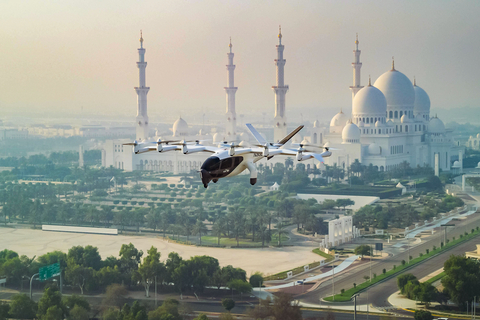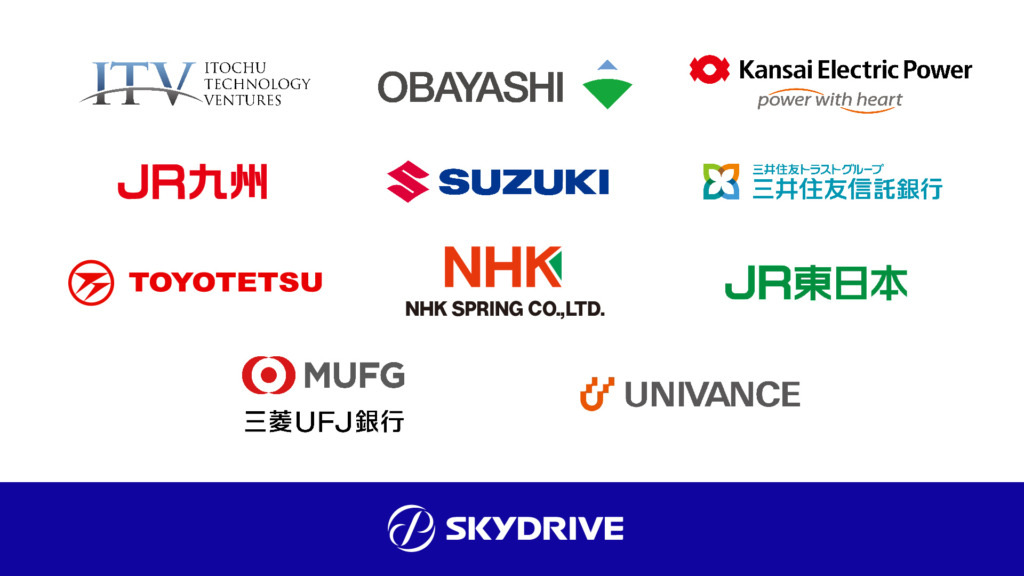Vigilant Aerospace is a developer of multi-sensor Detect-and-Avoid (DAA) and airspace management software for drones, allowing BVLOS flight – highly relevant as autonomous flight integrates into national airspaces around the world.

The company is seeing growing interest in its systems for Advanced Air Mobility (AAM). In a recent report, it was revealed that Vigilant was selected to deploy its FlightHorizon DAA solution at the Oklahoma Air & Space Port to enhance drone and AAM operations.
Kraettli Epperson, CEO of Vigilant Aerospace, sits down with Advanced Air Mobility International to discuss the company’s work in AAM and how its systems can support this emerging sector.
How are you adapting your systems to support AAM?
Our system has always been designed for large Unmanned Aerial Systems (UAS) and Remotely Piloted Aircraft (RPA). It was really intended to support the long-range flight and onboard, detect and avoid requirements for larger UAS. As a result, it’s a very natural fit for Advanced Air Mobility.
It really started with the intention to have direct autopilot integration and to support larger UAS, including Advanced Air Mobility aircraft. We have worked with AAM manufacturers on the research and development required to customize this system for different types of aircraft that they are either contemplating, designing, or currently manufacturing.
We have adapted it by using small radars that are intended for this purpose. The EchoFlight Radar from Echodyne are the ones that we use with our FlightHorizon PILOT product, typically. We have adapted further by connecting to multiple different types of autopilots and by creating a very modular system to be able to quickly adapt to new autopilots, new operating or concepts of operation, depending on what the AAM manufacturer or operator would like to do. For ground-based systems, we deploy FlightHorizon TEMPO with larger radars from DeTect, which are highly suited for those systems.
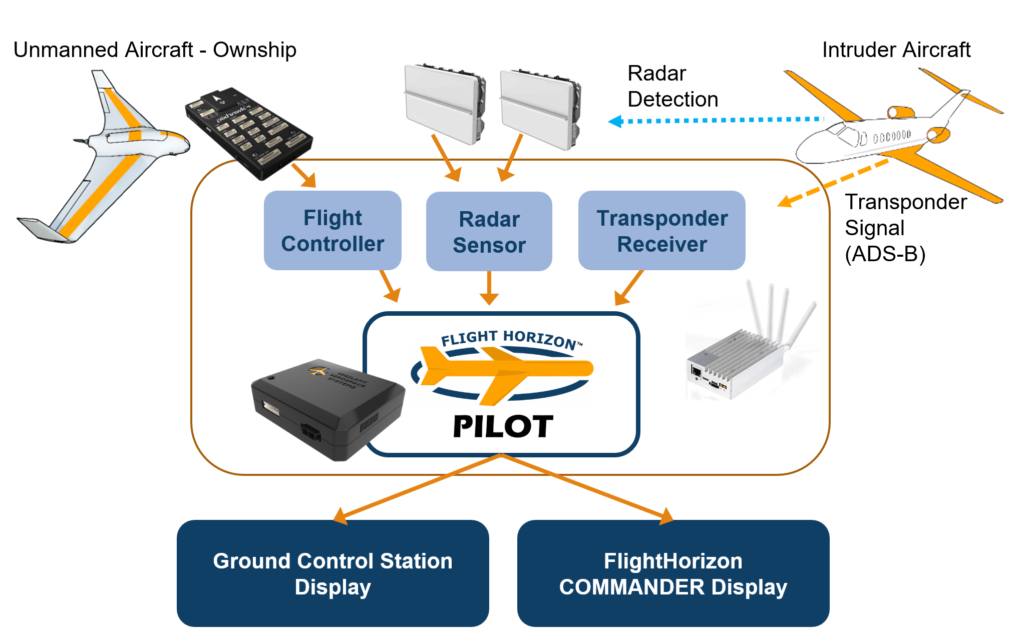
We keep that core DAA function in all of our software and that provides a nice safety baseline and then we put information into it from different autopilots, different sensors, and other data sources if they’re available. By doing that we’re able to develop and deploy a system that is fully compatible and ready to support a wide variety of AAM aircraft and AAM operations.
What challenges do you see in integrating detect-and-avoid capabilities into urban and regional airspace?
Urban is kind of a special case. When we get into urban environments you have some big advantages in that there are typically natural obstacles and you are in a fully cooperative environment. If you look at the FAA Key Site in Dallas, they’re operating in that location because it’s fully cooperative, it’s inside the Mode C veil for transponders, and they see very few aircraft that are not fully Automatic Dependent Surveillance–Broadcast (ADS-B) equipped. That gives you certain advantages for UAM style operations. Obviously you have issues of higher population density and you’ve got issues of much higher aircraft traffic, potentially in an environment like that.
You want to utilize natural obstacles. If you’ve got buildings or power lines or other things, those create an opportunity for shielded operations, which is a concept of flying in and around or within a certain distance of those with your UAS because those shielding obstacles can’t be flown by aircraft.
However, in urban environment, there are obvious challenges. There may be obstructions to using a large ground-based radar for deconfliction in an urban environment, but we would tend to use a small onboard radar.
Things like Unmanned Traffic Management (UTM) will also be deployed, which provides a coordinated strategic deconfliction as a starting point, and then you have tactical deconfliction, which is where we are very focused as an addition to that initial strategic deconfliction. A lot of what’s going on in urban flights and places like the Key Site is proving out the use of UTM for cooperation between what are mostly small UAS, and small delivery UAS right now. That will then hopefully provide a pathway for use of a mix of UTM and then tactical DAA like ours on larger AAM aircraft for air taxis, cargo delivery, urgent urban and suburban cargo delivery, those are things that our system is really well suited for when you have the platform that can support the onboard DAA system.
For regional AAM, like suburban or rural locations, we are currently deploying our software and systems with larger ground-based radars at multiple sites to establish safe flight corridors and prove out the technology, allow AAM operators to fly and to develop the industry business model. Our new system deployments for the State of Oklahoma and at UND Aerospace in North Dakota provide thousands of square kilometers of operating area and are direct examples. These are exciting times.
Can you provide any recent testing or deployment examples of your onboard detect-and-avoid systems?
The work that we’ve done, most recently for the Air Force Research Laboratory (AFRL), is really directly in support of larger AAM-style aircraft. We’ve also done this for commercial, civilian manufacturers. There’s various military manufacturers, as well as commercial and civilian manufacturers, and they all really have the same need. The system that we have been very fortunate to receive support from from the Air Force to develop provides exactly the same system that can be used on an advanced aviation system and larger aviation system. It’s really the same system that we’ve been testing for the Air Force that we would put on an AAM aircraft, so all this testing is relevant. This is the same equipment that we are proving out to support AAM aircraft.
That’s why it’s a really easy shift, right? The same system can just be applied where needed. You want to develop that pedigree. You want that research behind it so that an AAM manufacturer can adopt our system, we can integrate it, and they know it’s already been under testing in other places.
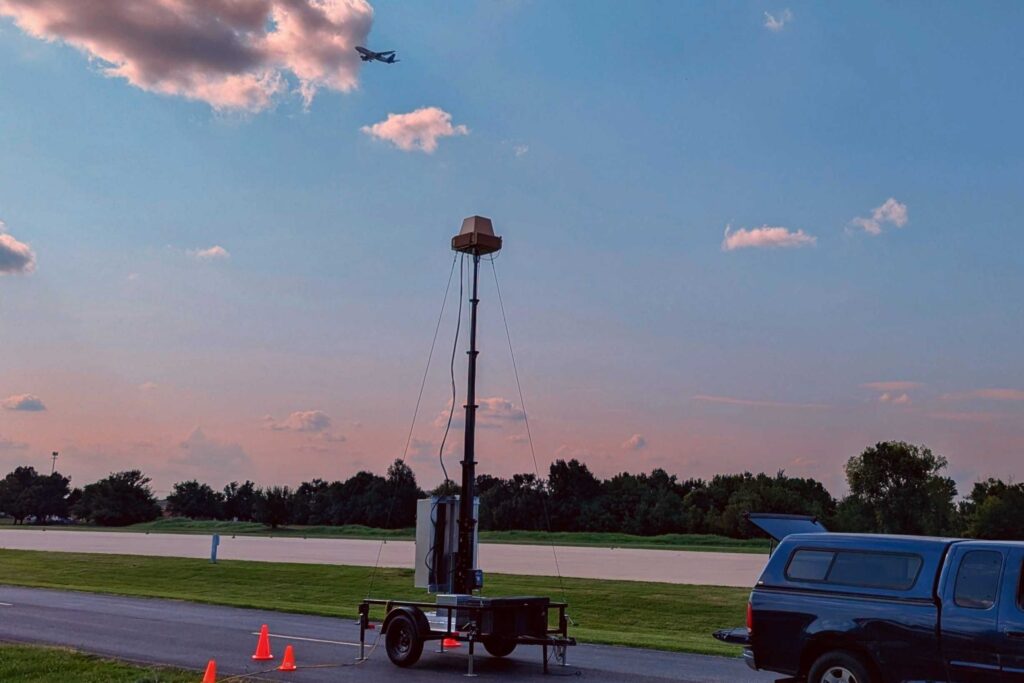
Could this system be applied to vertiports as well as drone ports?
It certainly could be. Looking at our partner, Skyway 36 in Tulsa, a premier droneport, they actually have a runway which they can use for small to medium-sized fixed-wing UAS to take off. They also have multiple multirotors that they use there and partners that come and work on the site. Our systems are going to be surveilling this whole area. In fact, they’ll be surveilling a whole section of Tulsa.
As we add additional radars to the system, which we will do for this project almost immediately because there’s already two of these radars moving into place here, we’ll then be able to expand that and begin to help them get waivers and permissions to fly much longer distances in what is an urban to suburban type environment.
That’s mostly for ground-based systems, for small UAS’ that can’t support their own onboard DAA system, but that can receive ground-based support to fly essentially through corridors, we understand that there’s going to be a transition phase where you mostly have ground-based infrastructure, and that eventually you’re going to have mostly onboard systems and infrastructure. That’s the reason that we’re moving the direction that we’re moving and developing these products.
We think there will always be a place for ground-based infrastructure, the same way that we have airports, we’re going to have drone ports. Most of the takeoffs and landings in this country are going to be of drones, probably cargo drones and, eventually air taxis. That’s going to make up the majority of flight hours in the U.S. I mean, that’s inevitable if this industry continues.
We believe that there’s always going to be an important role for ground-based infrastructure, the same way we have ground-based airports that have shared infrastructure that everybody uses. It’s part of your ticket, right? You just pay for it and it’s all there for you. We think drone ports will operate in a very similar manner, but then there will also be an important transition to having a mix of onboard systems as well.
You can find out more details about Vigilant Aerospace and the company’s solutions on their website.



